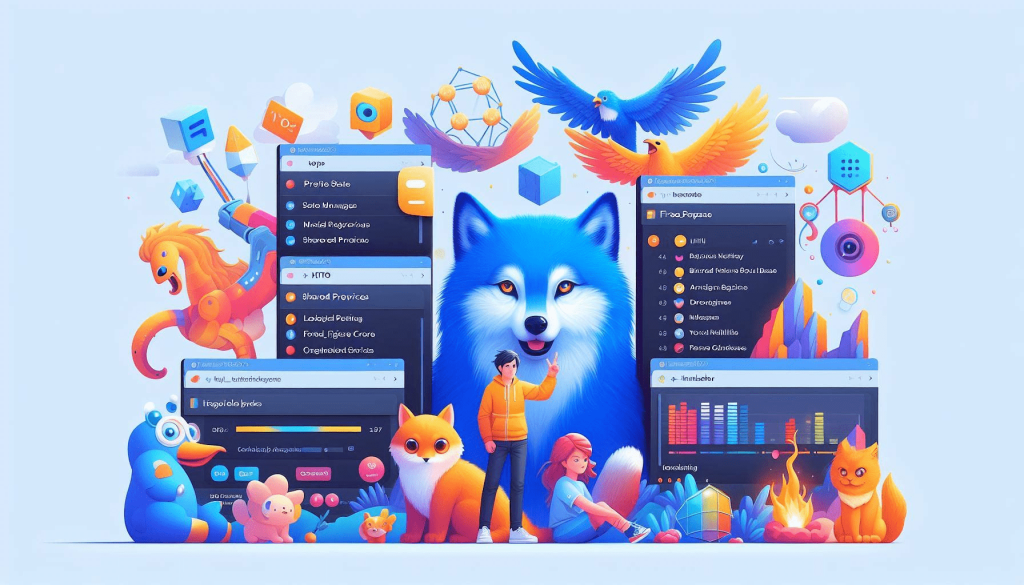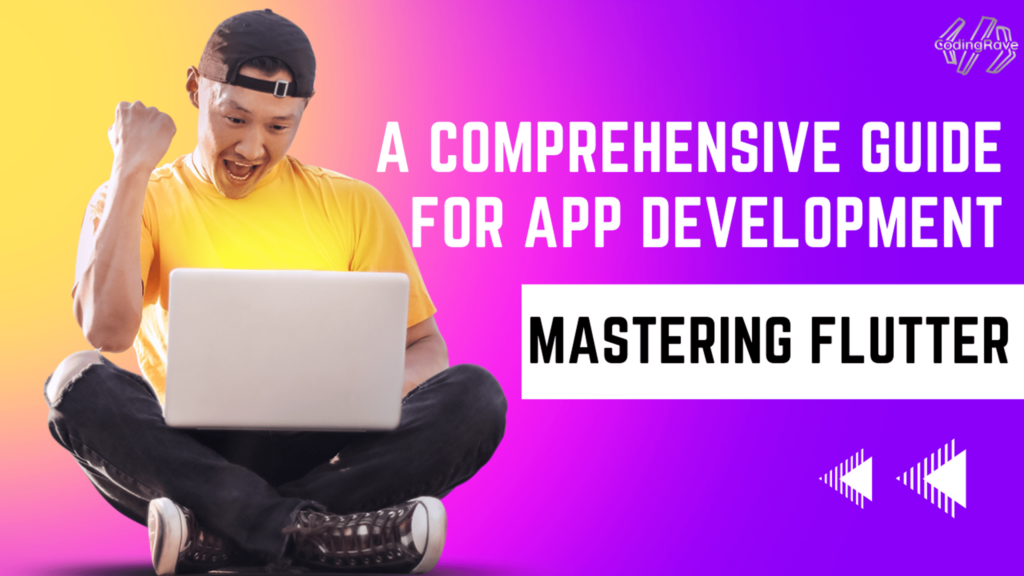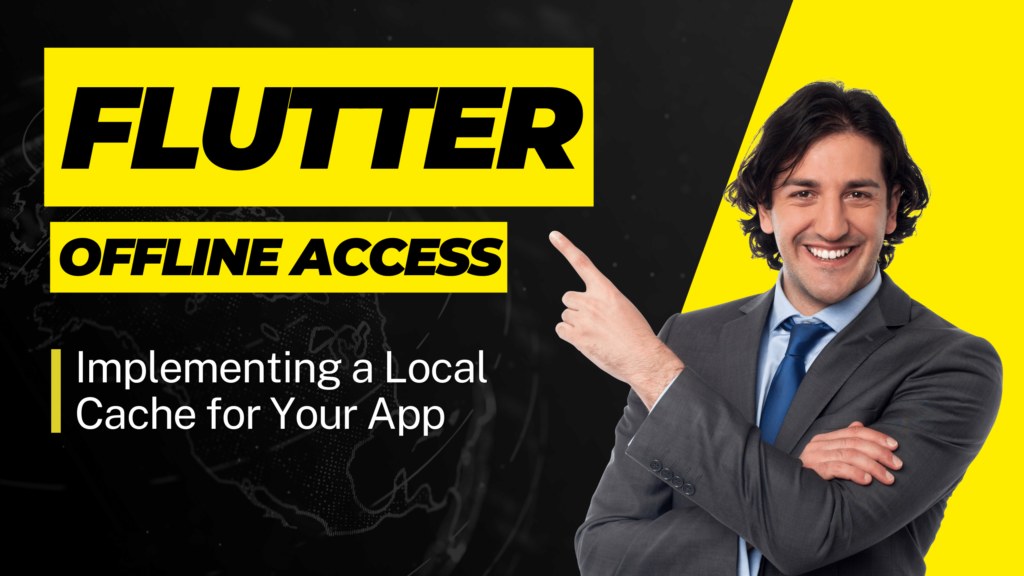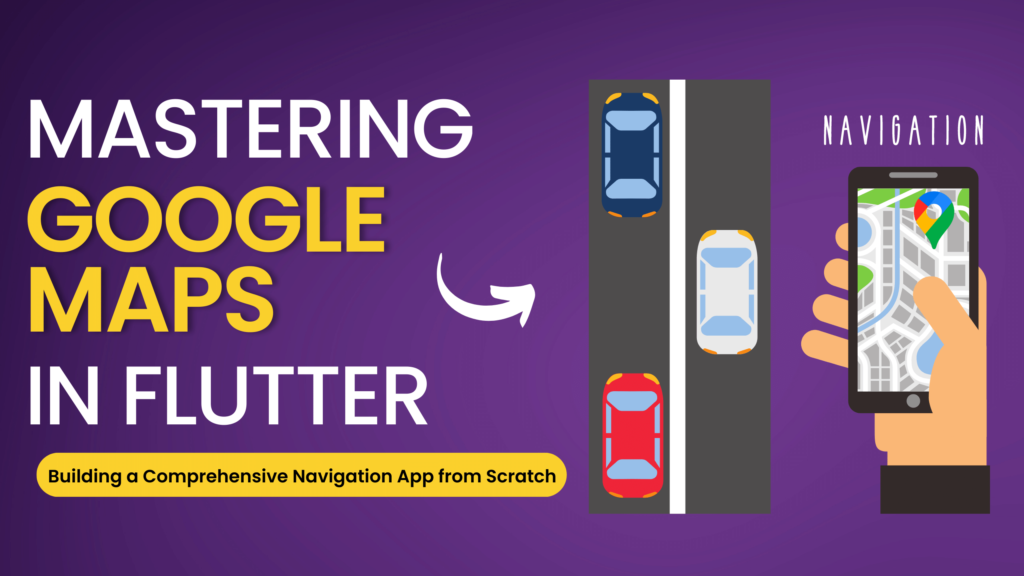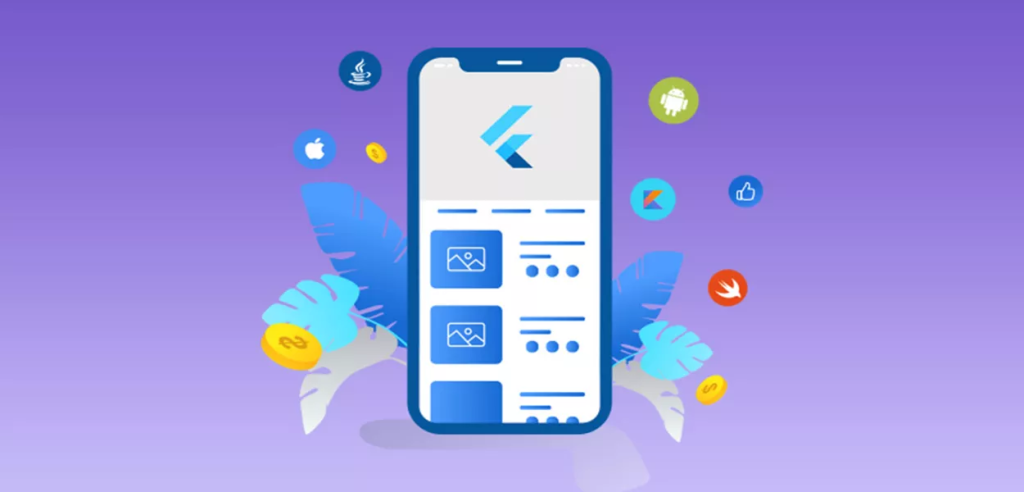Flutter is an open-source UI software development kit created by Google. It is used to develop applications for Android, iOS, Linux, Mac, Windows, Google Fuchsia, and the web from a single codebase. Flutter uses the Dart language and provides a rich set of pre-designed widgets that make it easy to create complex UIs.
The importance of packages in Flutter development cannot be overstated. Packages allow developers to build upon the work of others, without the need to reinvent the wheel. They provide ready-made functionality that can be easily integrated into any project, saving developers time and effort. From networking and state management to data storage and image loading, there’s a Flutter package for almost everything. This makes packages an essential part of efficient and effective Flutter development. In the next sections, we will explore some of the top Flutter packages that every developer should know about. Stay tuned!
Understanding Flutter Packages
Flutter packages are libraries or modules that can be imported into a Flutter project to perform specific tasks. They are essentially pre-written code that developers can use to save time and effort. These packages can range from simple utilities like date formatters to complex systems like networking libraries or state management solutions.
Flutter packages are hosted on pub.dev, the package manager for Dart and Flutter. Developers can search for packages, view their documentation, and even download their source code. To use a package, developers simply need to add it to their project’s pubspec.yaml file and import it into their Dart files.
Enhancing Productivity with Flutter Packages
Flutter packages greatly enhance productivity in several ways:
- Code Reusability: Packages allow developers to reuse code across multiple projects. This means that once a package is written, it can be used in any number of projects without needing to be rewritten.
- Time-Saving: Packages save developers time by providing pre-written functionality. This means developers can focus on writing the unique parts of their app, rather than spending time writing code that has already been written by others.
- Quality and Reliability: Many Flutter packages are written and maintained by experts, and are used by thousands of developers worldwide. This means they are often high-quality and reliable.
- Community Support: If a developer encounters a problem with a package, they can often turn to the community for support. Many packages have active communities of developers who can offer help and advice.
Flutter packages are an essential tool for any Flutter developer looking to build high-quality apps quickly and efficiently. They offer a way to leverage the collective knowledge and experience of the Flutter community, saving time and effort, and ultimately enhancing productivity.
Top 10 Flutter Packages
- provider: Provider is a state management solution created by Remi Rousselet. It combines the ideas of dependency injection and state management to provide objects to widgets in your app. It uses the
InheritedWidgetunder the hood to efficiently propagate changes down the widget tree. - http: The http package provides the simplest way to fetch data from the internet. It abstracts the complexities of making requests behind an easy-to-use API. This package is widely used for network interactions, such as fetching data from an API, sending data to an API, or even downloading files.
- shared_preferences: Shared preferences is a key-value store that allows you to store simple data like user preferences on the device. It’s not meant for storing complex or sensitive data. It’s perfect for scenarios where you need to store small pieces of data, like the user’s theme preference or the last page they visited.
- flutter_bloc: Flutter Bloc is a state management library that implements the BLoC (Business Logic Component) pattern. It uses Streams and Sink to manage the state of your app. It’s highly scalable and perfect for large projects where state management can become messy.
- sqflite: Sqflite is a plugin that allows you to interact with SQLite databases. It provides all the necessary operations like CRUD (Create, Read, Update, Delete) and transactions. It’s perfect for apps that need to store structured data on the device.
- rxdart: RxDart is a reactive functional programming library for Dart language, based on ReactiveX. Dart already has a decent support for functional reactive programming (FRP) with its Stream API. RxDart adds functionality on top of it.
- cached_network_image: This package provides a widget called
CachedNetworkImagewhich can download and cache images from the web. It also provides a placeholder that can be used while the image is being fetched. - intl: The intl package provides internationalization support for Flutter. It supports localization, plurals, genders, dates, string interpolation, bidirectional text, and more.
- path_provider: Path provider is a plugin for finding commonly used locations on the filesystem. It supports both iOS and Android. It can provide you with paths to the documents directory, temporary directory, and others.
- url_launcher: The url_launcher package can launch a URL in the mobile platform. It supports launching URLs in the web, phone dialer, email composer, and SMS sender.
These packages are just a few examples of the vast ecosystem of Flutter packages available. They can greatly speed up the development process by providing pre-built functionality for common tasks.
Conclusion
In the world of Flutter development, packages play a pivotal role. They provide pre-built functionality that can significantly speed up the development process, allowing developers to focus on the unique aspects of their applications. From state management with provider and flutter_bloc, to networking with http, local data storage with shared_preferences, working with SQLite databases using sqflite, reactive programming with rxdart, image loading and caching with cached_network_image, internationalization with intl, finding commonly used locations on the filesystem with path_provider, to launching URLs with url_launcher – these packages cover a wide range of functionalities that are commonly required in app development.
However, the packages we explored in this article are just the tip of the iceberg. The Flutter ecosystem is vast and continuously growing, with packages available for almost every functionality you can think of. As a developer, it’s important to stay curious and keep exploring. New packages are being created all the time, and staying up-to-date with the latest tools and libraries can give you an edge in your development career.
So, go ahead and dive into the world of Flutter packages. Explore, experiment, and utilize these packages to build amazing apps. Remember, every great app starts with a single line of code. Happy coding!

